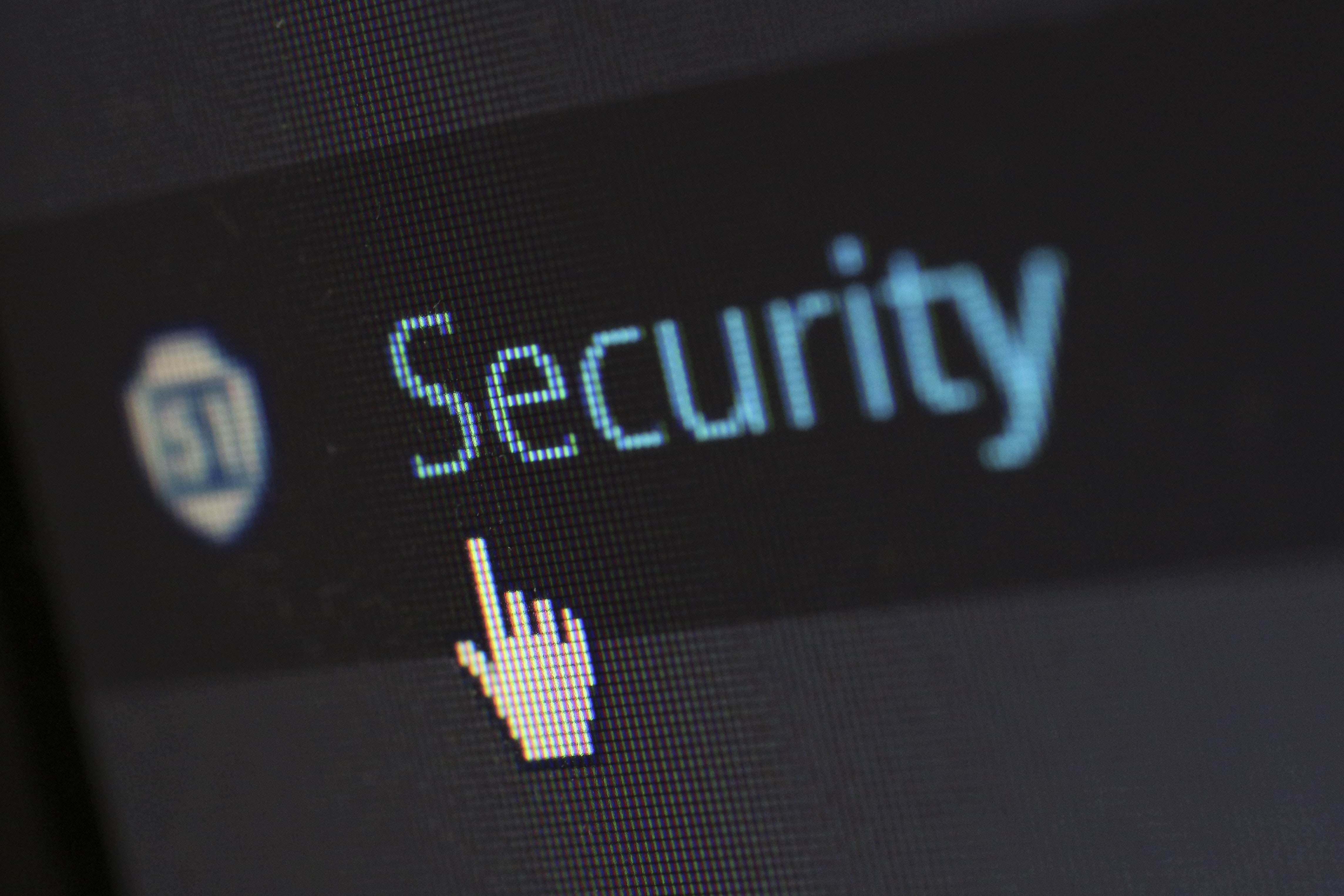Recently, Nishma Robb, UK marketing director for Google Ads, admitted that YouTube might never be able to guarantee 100% brand safety, saying, “I don’t think that’s the reality of the platform.”
Of course, this doesn’t come as a shock. Major improvements have been made to YouTube’s algorithms, now catching 98% of extremist or violent videos. However, it only takes one video to sneak through the AI safeguards to cause a scandal.
Brand safety is a hot topic and it’s important for everyone, including agencies, brands, online publishers and technology providers. Here’s a quick beginner’s guide to answer your top brand safety questions.
What is Brand Safety?
Brand safety is what advertisers must do to ensure that its online advertisements are not placed somewhere that is viewed negatively and harms the image of the brand. For example, a Disney ad on an extremist site conflicts with the brand’s image of being the happiest place on Earth. This is a big no-no that is sure to spark the wrong type of attention.
There’s a lot of fake news and inappropriate content on the internet. That’s why it’s no surprise brands need to be careful about where their ads land these days. Brand safety has been an issue since online ad buying came into existence. In fact, in 2017, 90% of ad industry professionals rated brand safety as a serious concern and did something about it, taking steps to confront the issue.
Why is Brand Safety Important?
The most important reason why brand safety matters is because a brand’s reputation is indispensable. One misplaced ad that doesn’t align with the brand’s values and mission can ruin the company’s reputation. This is why advertisers and marketers must be extremely careful when determining where ads appear. Like Warren Buffet said, “It takes 20 years to build a reputation and five minutes to ruin it. If you think about that, you’ll do things differently.”
A study by cybersecurity firm Cheq and IPG Mediabrands found that consumers assume every ad placement is intentional, and are 2.8 times less willing to associate with a brand when its ads are displayed in unsafe environments, a big reason why brands are feeling nervous about where their ads appear.
What Are Recent Examples of Brand Safety Scandals?
YouTube has taken center stage in the headlines announcing brand safety controversies. In 2017, ads showed up alongside racist content and terrorist group videos, causing companies like AT&T to pull their advertising. Last year, things flared up when ads from over 300 companies were placed on violent or offensive YouTube videos. A few weeks ago, big companies like Disney, Nestle, McDonald’s and AT&T pulled their ads from YouTube when their ads showed up on inappropriate videos.
However, most companies who do pull their ads from YouTube usually come back, so much so that eMarketer predicts YouTube’s US ad revenues will still grow 16% this year to $5.34 billion. The platform offers too much value for brands, allowing them to target unique specific audiences.
YouTube has also taken aggressive measures by disabling comments and reviewing and removing thousands of videos. However, despite the platform’s best efforts, it’s likely there will never be a perfect fix to ensure complete safety.
How Can I Protect My Brand From Brand-Safety Embarrassments?
Like Robb said, you can’t expect a “100% brand-safe” environment. This means advertisers will have to find ways to prepare for crisis. To protect their brand from entering risky territory, advertisers can look to use innovative technology. These tools can analyze and identify which ad placements are safe.
For example, Advertising Week says one of the easiest ways to achieve brand safety is to deploy tools built for automated pre-bid media evaluation. As well, many social platforms and tech vendors are providing technology to give advertisers more data and information on their ads. This is all while YouTube and other platforms work hard to make their space as safe as possible.
According to Digiday, agencies are increasingly looking to buy directly from premium-quality content owners on YouTube. Placing an ad is more costly and time consuming. However, brand safety is guaranteed on these channels.
Brand safety will continue to be an important topic in the advertising industry. It’ll be interesting to see the new tools and technology that come into play as advertisers demand for greater control of the content they appear in. One thing is for sure – no one wants to deal with a bad reputation.

